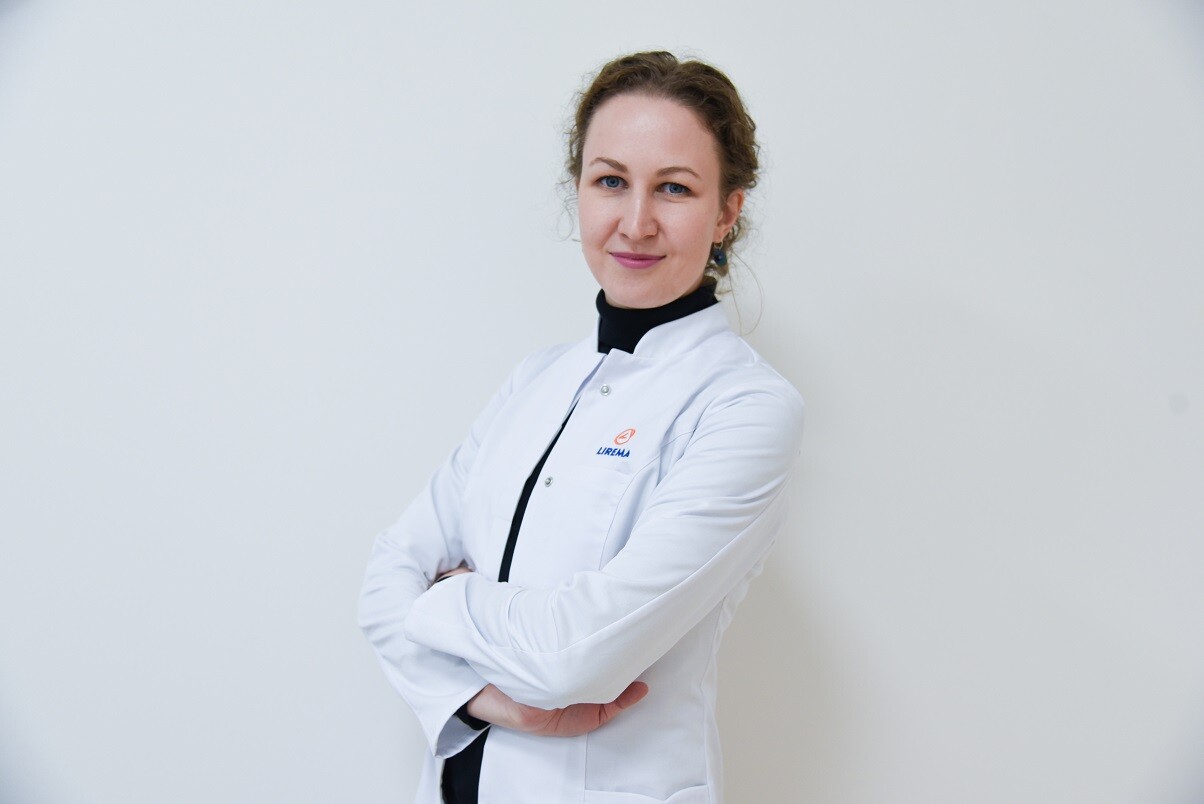Flies flying in front of the eyes, floating worms, lightning in the eyes or black balls – can be a short-term and harmless visual impairment, but when these symptoms repeat, discomfort arises. In this case, should you worry and plan to visit an eye doctor?
According to eye clinic “Lirema” ophthalmologist and surgeon Dr Vilija Danilevičienė, the reason why the patient begins to see formations of various shapes in front of the eyes – uneven opacities that form and separate in the vitreous body with age, which are visible when moving the eye and can cause discomfort.
“Vitreous opacities usually occur due to eternal changes in the vitreous body – the connections between collagen fibres disappear, the fibres stick together, opaque opacities are formed, which we see as floating formations of various shapes and intensities,” says Dr Vilija Danilevičienė.
Opacities can be congenital or result from other eye conditions, such as posterior vitreous rebound. In most cases, they bother people over 50 years old, but they also occur in young patients.
“Such formations are not dangerous and do not cause harm, but in cases where the patient is bothered by floating shadows, the opacities can be treated by laser treatment, otherwise known as laser vitreolysis, during which these opacities are crushed, and good vision of the patient is restored,” shares the doctor.
Good vision is restored within 20 minutes
Just a decade ago, when turbidity separated in the vitreous body, removing it was usually impossible. This condition was left for observation. Nowadays, with the rapid development of medical technology, patients can be offered extremely simple and fast treatment.
“Laser vitreolysis is a painless procedure performed under local anaesthesia, lasting only 15-20 minutes. Before the procedure, the eyes are desensitized with eye drops, so the patient does not feel any unpleasant sensations or pain during the procedure,” asserts Dr Vilija Danilevičienė.
According to the surgeon, after the laser vitreolysis procedure, there are no restrictions on the patient’s usual activities, he can immediately lead his everyday life, and the effect of the procedure can be assessed after a few days.
After noticing similar symptoms, patients come immediately ready for the procedure, but whether it is appropriate is assessed by an ophthalmologist during the consultation, after conducting detailed examinations of the patient’s vision.
“Laser vitreolysis cannot be applied in all cases of vitreous opacities. Whether the procedure is safe and suitable is determined by an ophthalmologist after a full eye examination of the patient,” concludes the doctor.
